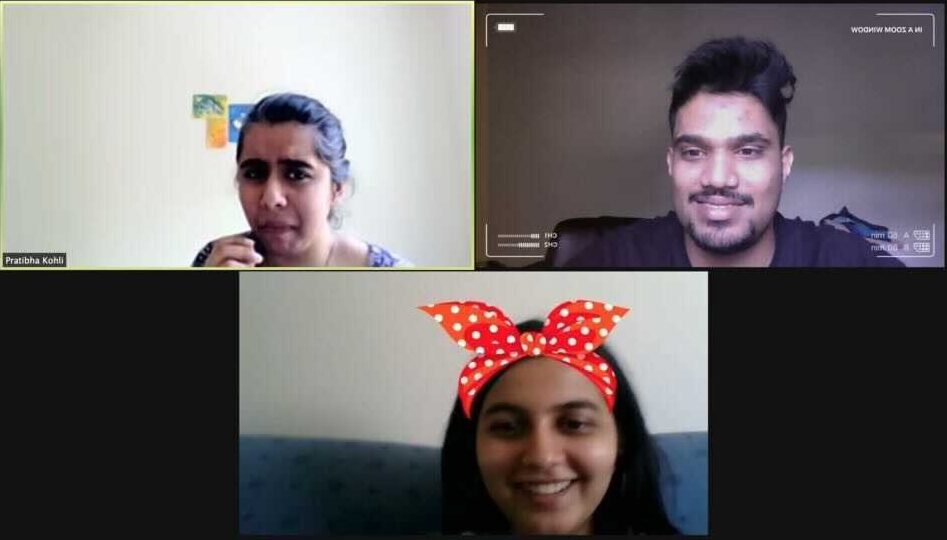Over phase 1 of the CBI A3 program, we worked on breaking down the Sustainable Development Goal 11 and the key needs towards shaping Sustainable cities and communities. We discovered many areas of challenges within Victorian communities and Cities, which needs to be addressed. Comparing the SDG 11 targets with these issues identifies within Victoria, we chose three unique areas to ideate towards, which includes, sustainable energy for cities, food and agriculture to feed all and natural disaster management.
Following our pitch to the DFM, CBI A3 community and CERN experts, we chose to work further on the “Helios” which focuses on natural disaster management, around Victorian bushfires. The problem space looks at bushfires and issues with fighting this natural disaster. The initial concept was developed to aid firefighting however, we found issues to do with bushfires which needs to be accounted for.
The Project direction
Pitman argues that, Australia is bound to see 25% increase in wildfires by 2050 and this will continue to grow in the future due to greenhouse gas emission rates (Pitman et al. 2007, p.383). Various reports from CFA, Bushfire Royal Commission and Environment Protection Australia supports the fact bushfires have become cataclysmic as to the past years. Given the projected population growth of Victoria discussed by the Australian Bureau of Statistics, there are going more urbanized areas, close to mountain and valleys of forests in 2030.
It is pivotal to create safety measures for disaster management, particularly bushfires in Victoria. Taking our initial concept of the “Helios” we reconsidered the CERN technology integration and aesthetics. We also worked on a list of features including, how height the drone fly, the size of the drone and the capacity for carrying a payload. Since this system is built for firefighting, we also looked into other material that can handle extreme heat, durable and light weight to aid with aerial mobility.
The future scenario of Helios

Next steps and consideration
As we have identified, bushfires are the critical problem space we are working towards and our next steps includes connecting with stakeholders. In phase 2, we are going to work on need finding by collecting primary insights over interviews and discussion with official authorities including royal commission of bushfire, Control Fire Authority, civilians of rural communities who have experienced bushfires and environmental protection authority Victoria. We are hoping to find more insights around struggles that we are not aware of regarding bushfire incidents and the safety needs of local communities from bushfires. Our next steps also include gathering insights from drone manufacturing companies like AUAV (Australian Unmanned Aerial Vehicles), Textron Systems Australia.
Highlight of the week
Highlight of this phase is that we figured our initial idea and way of helping with bushfires is an obvious solution while working on the dark horse workshop. Hence, we are also working on finding alternative to drones and UAVs to assist with firefighting.
“You need to start in order to fail. You can’t live in fear of failure and stay stuck forever.”
The Earthlings mantra!!
Team snapshots
Last meeting before submission of the whitepaper


Recent Comments